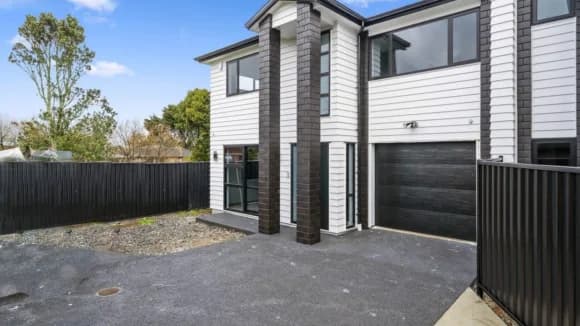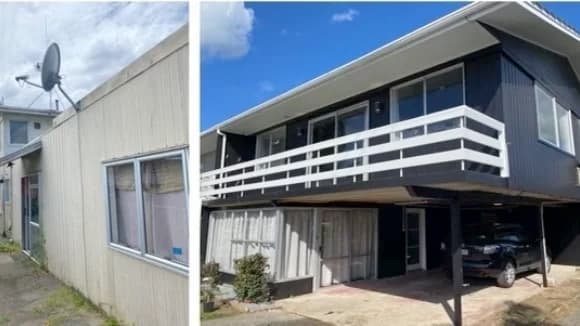Problem #1 – you’re going to need to learn a lot of information, or you’re going to have to spend a lot of money.
When you make the decision to take on a BRRRR project, you are signing up to either learn a lot of theory or spend a lot of money.
By that we mean you either learn the theories, scope the renovation project and manage the relationships between yourself and your renovation team (e.g. builder, electrician, plumber).
You learn all of this so you can save on costs. You might even pick up a paintbrush and get stuck in.
Or, you could pay a third-party professional to run the project for you. This is where someone else manages the whole project and then charges you a fee for the service.
This means you can be totally hands-off, but you’ll either pay an hourly fee (for instance to a project manager), or you’ll pay a percentage of the property’s price.
So for instance if the property you want is $900k, and the company charges 2.5% as their fee, you’ll be charged $22,500.
Either way, one of these two factors will be pretty intensive.








